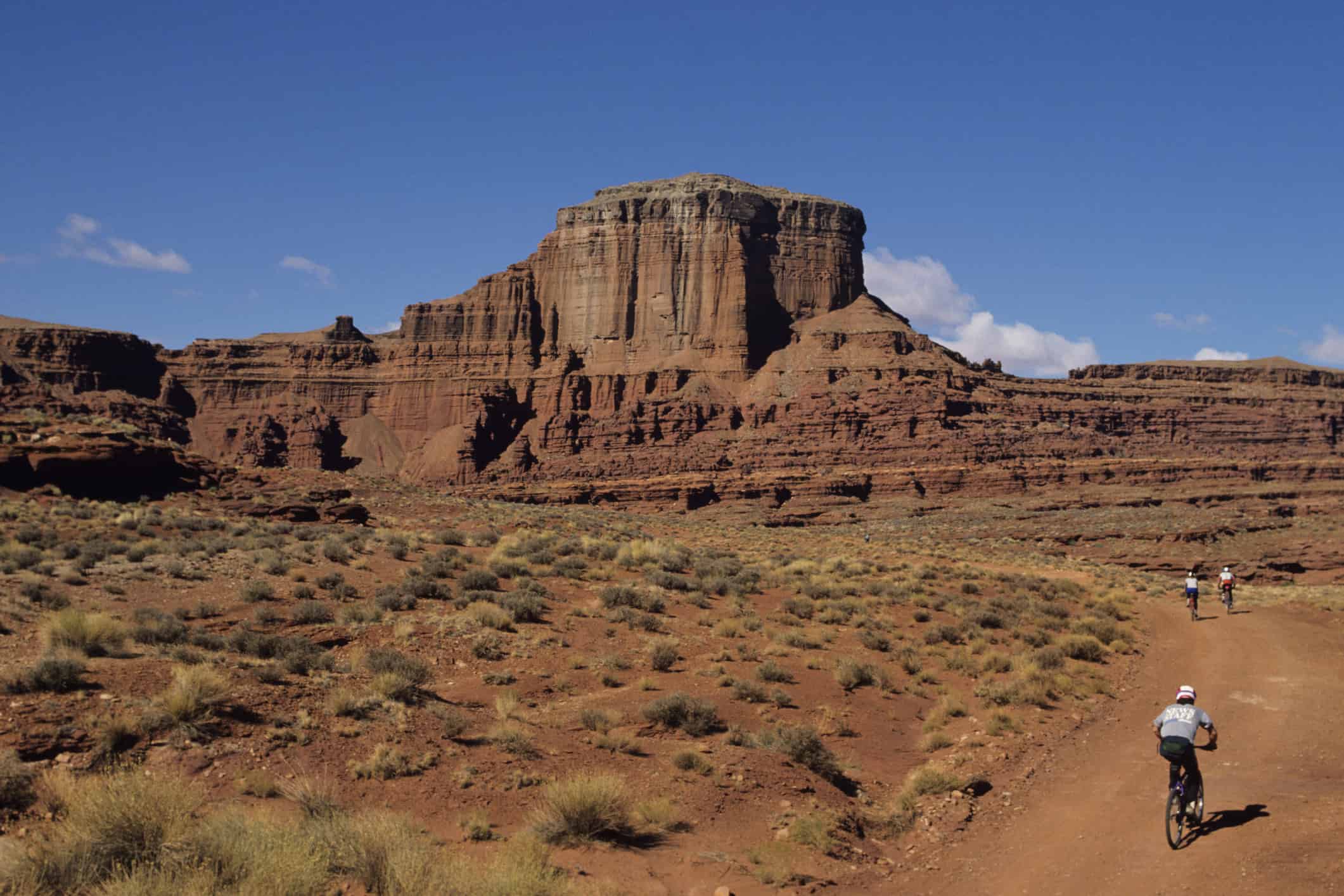Obama’s National Monument Designation: Second-Term Environmental Policymaking at Its Worst

 Federal ownership of land is a very live wire political issue in Utah, which is why I find it outrageous that President Obama, on the way out the door, would try to irrevocably federalize 1.3 million acres in the state, in spite of the ongoing controversy over this very issue.
Federal ownership of land is a very live wire political issue in Utah, which is why I find it outrageous that President Obama, on the way out the door, would try to irrevocably federalize 1.3 million acres in the state, in spite of the ongoing controversy over this very issue.
It says something that Utah Governor Gary Herbert, the state legislature, and the state’s entire congressional delegation are outspoken opponents of the designation. They argue that such designations are inconsistent with the 1976 Federal Land Policy and Management Act, which authorizes the Secretary of the Interior to return federal lands to the states. Simply put, Utah state officials want stewardship of Utah land, and they’ve been clamoring for it for a number of years. Yesterday’s decision is a slap to the face of these efforts. Instead of responding to the eminently reasonable desires of Utah (after all, why is it OK for half of Utah to be federal land, but virtually none of older states east of the Mississippi?), the President’s actions under the Antiquities Act effectively locks up these federal lands under either the National Park Service or the Bureau of Land Management. That is, the President did the exact opposite of what the overwhelming preponderance of Utahans wanted.
It would be one thing if Obama had campaigned on the issue. Then there could be a national conversation, and the people of Utah could at least have had their voice heard. But yesterday’s decision, as with almost all of President Obama’s environmental “legacy” agenda, is a second-term phenomena. Worse still, it is a second-term LAME DUCK action.
Of course, second-term pivots to environmental policymaking are not uncommon for progressive presidents. As I recently explained, environmentalist politics are electoral poison, so it makes sense that progressive presidents would wait until they no longer countenance electoral scrutiny before they go green. Obama, however, has taken second-term environmental policymaking to a new level. To wit, consider the chart below, which I cobbled together this morning using data from the National Park Service. It shows the splits between 1st and 2nd term designations of national monuments under the Antiquities Act for the continental U.S.